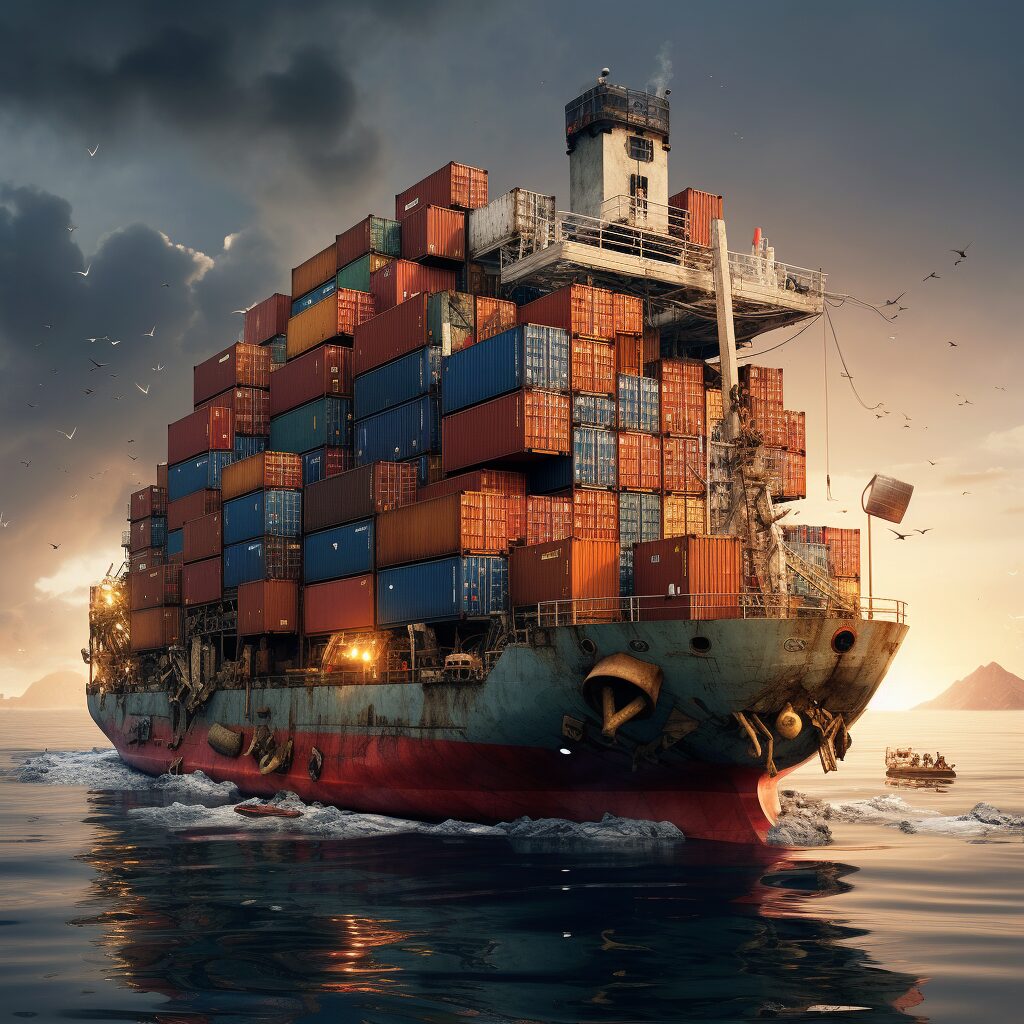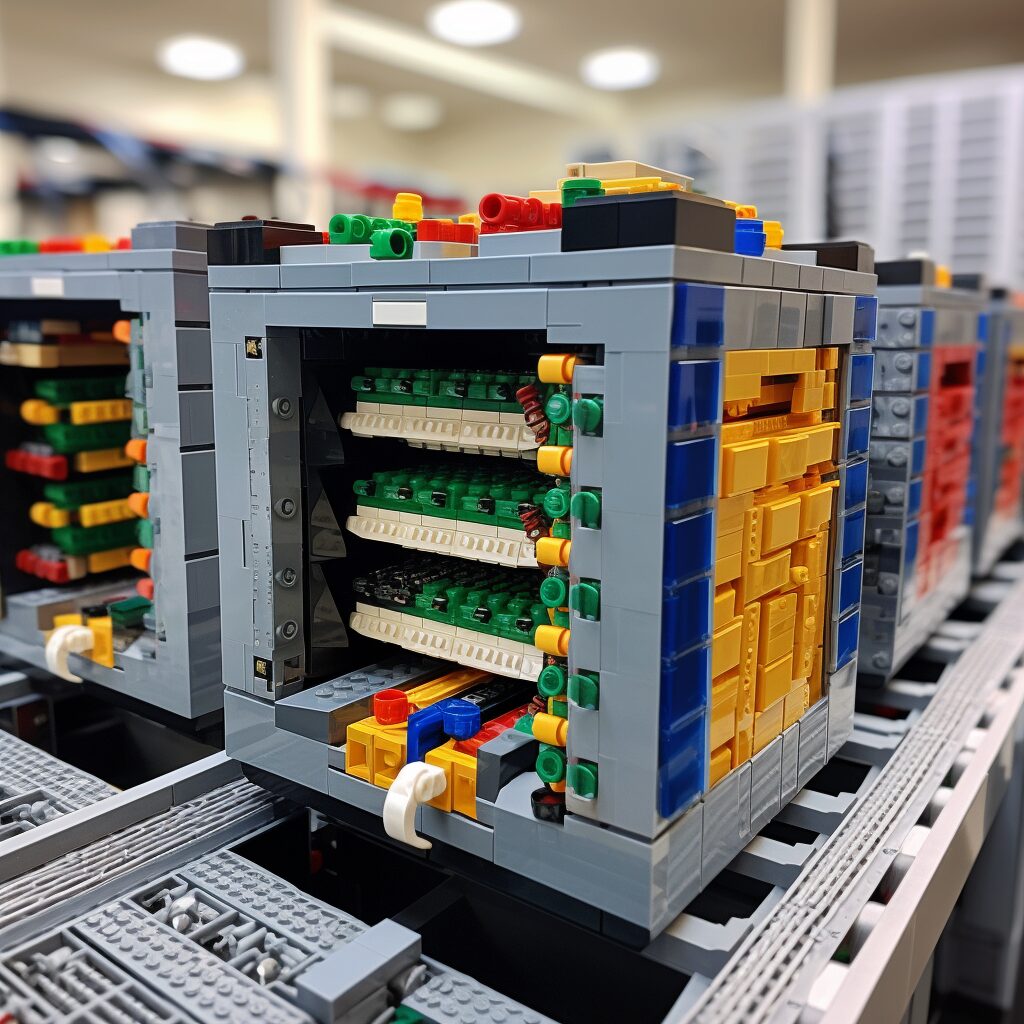Docker, a tool designed to simplify the process of application development, deployment, and scaling, has witnessed immense growth in its user base over the years. With organizations increasingly adopting Docker and containerization, there's a rising demand for professionals skilled in this technology. If you're preparing for an interview or seeking to test your Docker knowledge, here's a comprehensive list of 25 Docker interview questions that will put you on the right track.
1. What is Docker?
Docker is a platform that enables developers to develop, ship, and run applications inside containers. Containers are lightweight, stand-alone, executable software packages that include everything an application needs to run: code, runtime, system tools, and libraries.
2. How is Docker different from virtual machines (VMs)?
While both Docker and VMs offer virtualization, the primary difference is in their approach. VMs virtualize hardware, requiring a hypervisor and running full OS instances for each application. Docker, on the other hand, virtualizes the OS, allowing multiple containers to run on the same OS kernel, making it more lightweight and faster.
3. What is a Docker image?
A Docker image is a lightweight, standalone, and executable software package that contains the application code, libraries, dependencies, and other required components. It can be thought of as a blueprint for creating Docker containers.
4. How is a Docker container different from a Docker image?
While a Docker image is a static blueprint, a Docker container is a running instance of that image. Containers are created when a Docker image is executed.
5. What is Docker Hub?
Docker Hub is a cloud-based repository where Docker users can create, test, store, and distribute containerized applications.
6. Explain Docker Compose.
Docker Compose is a tool for defining and managing multi-container Docker applications. With a simple
docker-compose.yml file, users can configure services, networks, and volumes, allowing them to start and manage
entire application stacks with a single command.
7. What is a Dockerfile?
A Dockerfile is a text document that contains commands used to assemble a Docker image. It provides a set of
instructions for creating an image.
8. How can you create a Docker container?
You can create a Docker container by running the docker run command followed by the name of the image.
9. What is the use of Docker Swarm?
Docker Swarm is the native clustering and orchestration tool for Docker. It turns a pool of Docker hosts into a single, virtual Docker host, facilitating container deployment at scale.
10. Define Docker Engine.
Docker Engine is the core of the Docker platform. It is responsible for building, shipping, and running Docker containers.
11. What is Docker Layering?
Docker images are built in layers. Each instruction in a Dockerfile creates a new layer in the image. Layering
provides a mechanism for caching, allowing faster image builds and promoting reusability.
12. How do you remove a Docker container?
You can remove a Docker container using the docker rm command followed by the container ID or name. To forcefully
remove a running container, you can use the -f option.
13. Explain the difference between a Docker bridge and host network.
The bridge network is the default network type for containers. Containers connected to the same bridge network can communicate, but isolation from external networks is maintained. The host network, on the other hand, adds a container on the host's network stack, without isolation, allowing direct access to external networks.
14. What are Docker Services?
In the context of Docker Swarm, a service is a defined task that runs consistently on a swarm as a set of containers. It provides a way to scale containers across multiple Docker daemons.
15. Can you explain data volumes in Docker?
Data volumes are designated directories in containers that bypass the union file system, allowing for data to persist and be shared among containers. They're useful for data storage and sharing data between the host and container.
16. What is the command to see the list of running Docker containers?
You can use the docker ps command to see the list of running containers. If you wish to see all containers (including
stopped ones), you can use docker ps -a.
17. How do you update a Docker image?
To update a Docker image, you typically modify the Dockerfile and then rebuild the image using the
docker build command. After building the new image, you can push it to a registry using docker push, if needed.
18. What's the difference between CMD and ENTRYPOINT in a Dockerfile?
Both CMD and ENTRYPOINT allow you to specify a command that will be executed when the container starts. However, CMD
is often used to provide default arguments for an ENTRYPOINT command or to execute a specific command, while
ENTRYPOINT sets a fixed command that can be accompanied by CMD as default parameters.
19. How do you monitor Docker containers in real-time?
Docker provides a docker stats command that displays a live data stream with CPU, memory usage, network IO, and disk
IO for all running containers.
20. What are Docker Secrets?
Docker Secrets is a feature designed for managing sensitive data, like passwords and API keys, securely in Docker Swarm. Secrets are encrypted during transit and at rest, offering a safer way to store and manage sensitive information.
21. What is Docker Namespace?
Namespaces are a feature of the Linux kernel that Docker utilizes to provide isolation between containers. It ensures that each container runs in its own isolated environment.
22. How can you copy files from a host to a Docker container?
The docker cp command allows users to copy files or directories from the host machine to a running Docker container
and vice versa.
23. What are Docker volumes?
Docker volumes are a mechanism for persisting data generated by and used by Docker containers. They allow data to be stored outside of the container's filesystem, ensuring data persistence even if the container is removed.
24. Can Docker containers communicate with each other?
Yes, Docker containers can communicate with each other through various methods, including linking, Docker Compose, Docker Network, etc.
25. What is the primary benefit of Docker?
Docker provides a consistent environment for application development, testing, and deployment, ensuring that apps run the same regardless of where they are executed. It also enhances resource efficiency, reduces overhead, and simplifies scaling.
Conclusion
Docker has revolutionized the way developers think about software development and deployment. Whether you're preparing for an interview or just seeking to enhance your knowledge, these questions provide a foundation to understanding the basics of Docker. Remember, while knowing the answers is crucial, understanding the underlying concepts and having hands-on experience will set you apart in any interview scenario.




